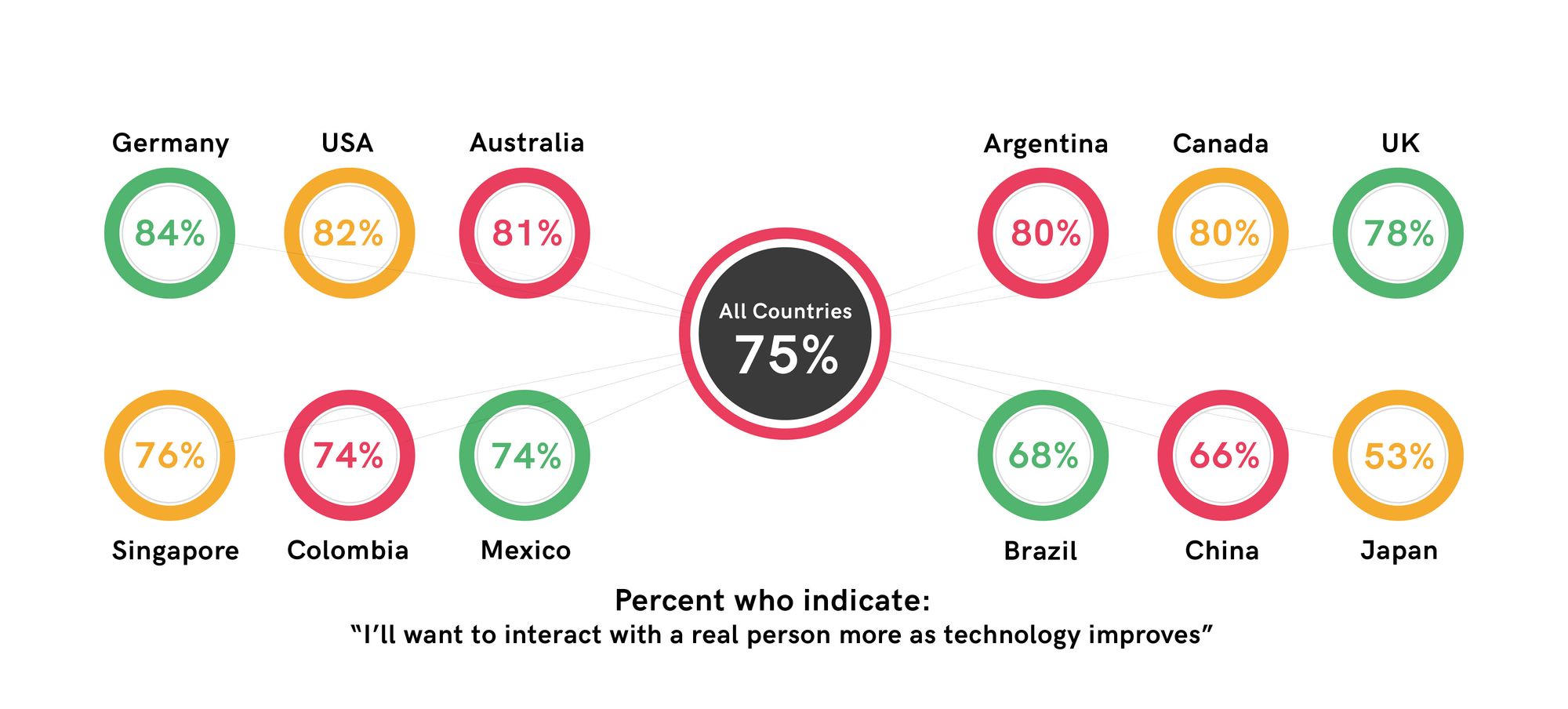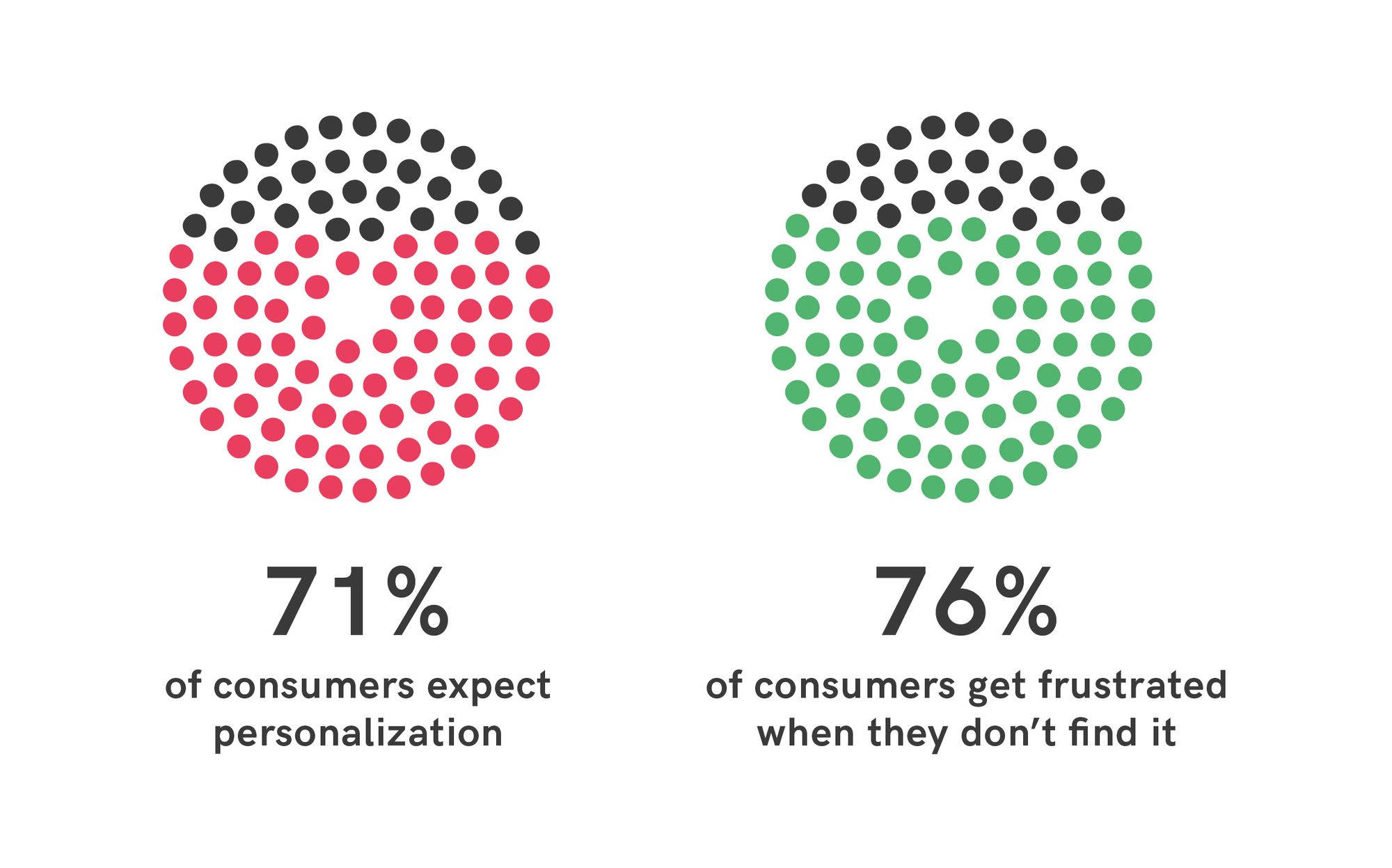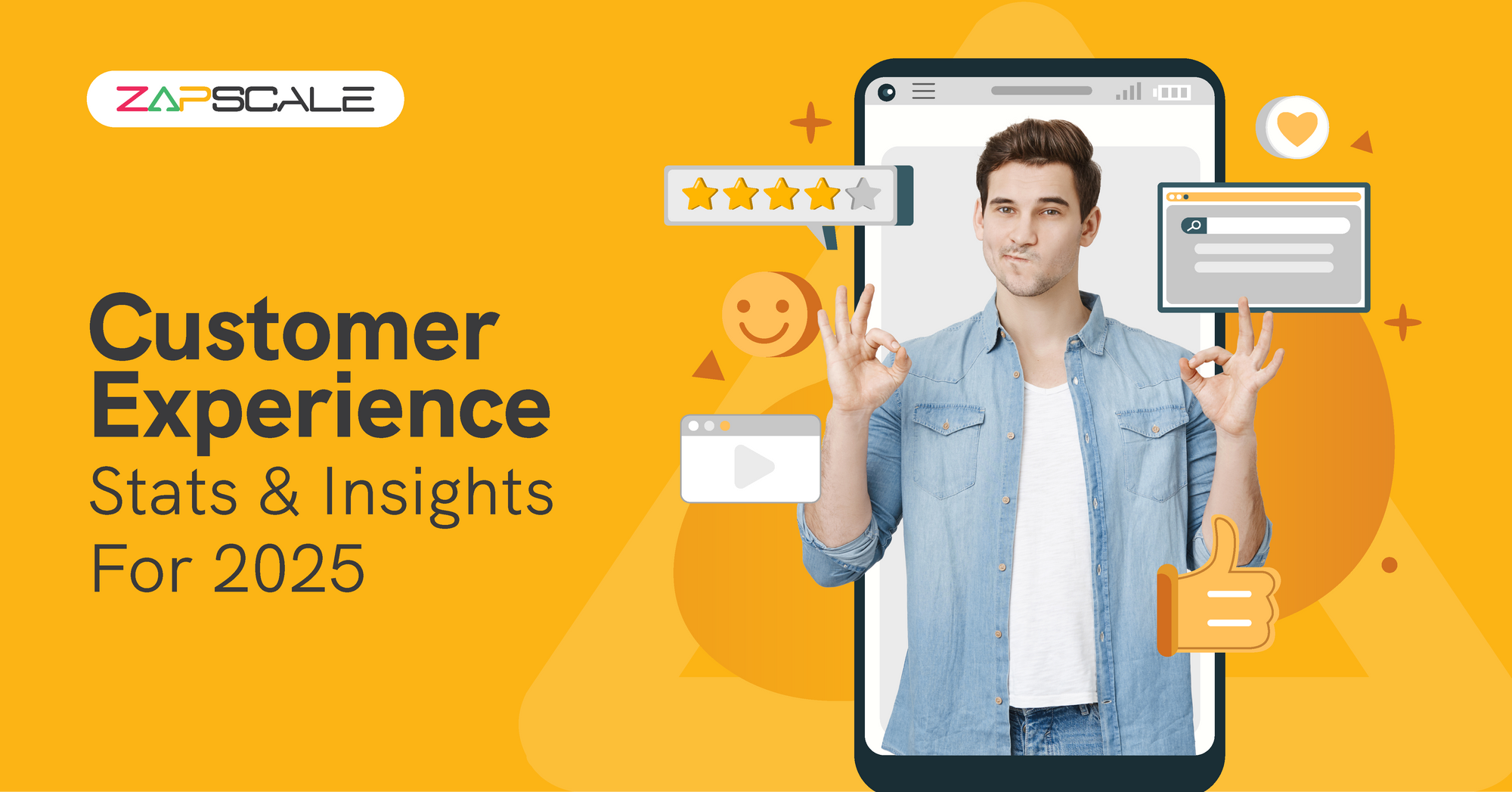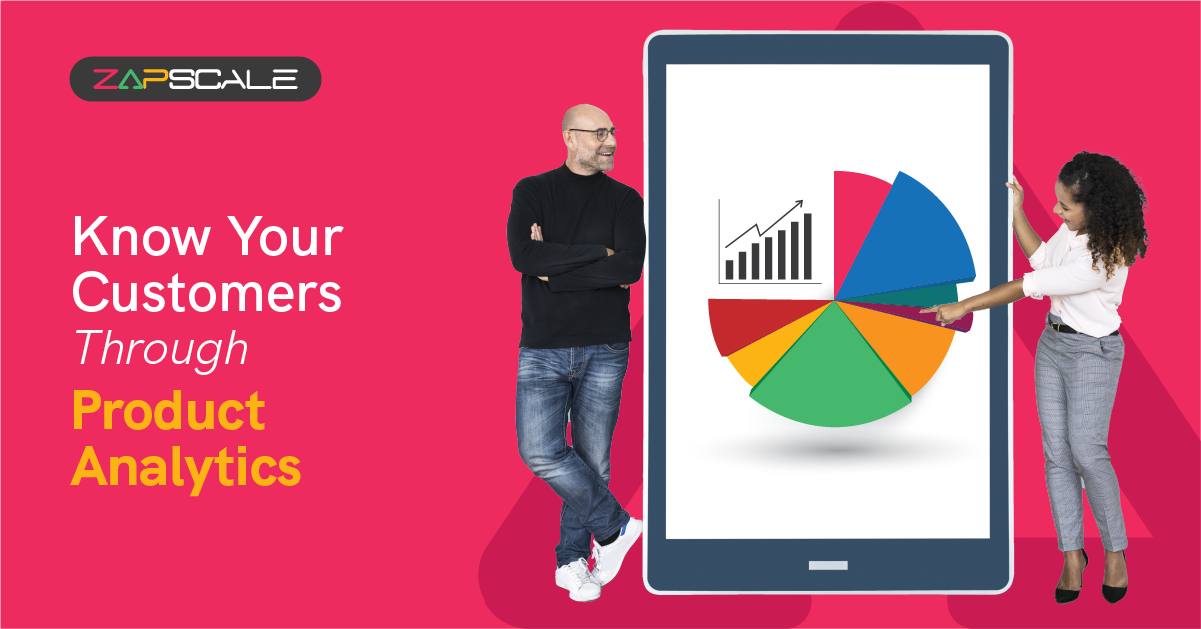CATEGORY > Customer Experience
What makes a good customer experience?

Joana de Quintanilha, VP Principal Analyst for Forrester, says
What is Customer Experience?
Customer Experience (CX) is the holistic impression that your customer has formed of you as a brand throughout their relationship with you. In simpler words, customer experience is a key ingredient to forming a healthy relationship between you and your customers. It also has a major impact on your customers’ purchasing behavior.
What is a good Customer Experience?
A good customer experience feels effortless. It's getting what you need quickly, with friendly and knowledgeable help. It's a product that works as promised, and a company that listens and responds to your needs. It's feeling valued and respected throughout your journey.
A PwC Survey of 2017/18 found that:
1) An average customer is ready to pay up to 16% premium for a good customer experience
2) 32% of customers leave their beloved brands after just one bad customer experience
3) Around 73% of all customers find the experience as the most important factor in their purchasing decisions
4) 43% are even willing to pay more for a better, more convenient, and more positive experience with a brand
Key components of a great customer experience
After listening to customers and trying to understand what they want, experts have found six major elements to work on to ensure a great customer experience:
1. Reliability
Customers rely on businesses to get fast and accurate conflict resolution when they make a purchase. Having multiple channels to understand customer issues and providing them with quick and easy resolutions is essential for a good customer experience.
2. Personalization
In the times of IVR tools and automated chatbots, companies need to ensure the factor of personalization is not lost while communicating with customers. Large organizations often focus on automation and streamlining their workflow to save time and effort and be more efficient. And somewhere along the way, they forget to add a pinch of personalization to the customer experience.

As per Mckinsey’s report, 71% of consumers expect companies to deliver personalized interactions, and 76% get frustrated when this doesn't happen.

3. Simplicity
In the digital world, simplicity and clarity are key to a good customer experience. Businesses need to keep in mind that while providing services to their customers, simplicity in communication is looked after. The focus should be on minimizing the steps to resolve a problem.
Simplicity makes the customer feel they’re in control, they feel confident. The best strategy to follow simplicity is to offer a one-step resolution across all communication channels.
After 2020, companies are managing 3 times more data than they used to, half a decade ago. So it’s crucial for them to have simplicity in data visualization. With all the automation and integrations in place, companies are burdened with huge volumes of data at a faster pace, and naturally, the decision-making needs to be quick. This is possible only with simplicity in the experience with your product.
4. Accountability
This is another high-impact element of customer experience. A customer is always evaluating your performance against the promises made to them. Be it pre-sales, mid-sales, or post-sales, the customer always seeks you to fulfill what was promised. This is where accountability comes into play. There will arise situations where you as a business might fail to deliver what you promised to the customer, but you need to train your front-end and post-sales support staff to deal with such situations delicately and elegantly manage expectations. Moreover, you also need to think about how to fairly compensate the customer in case there is a shortcoming at your end.
5. Adaptability
The dynamic nature of digital evolutions in today’s business environment requires you to adapt to changes quickly. With the shifts in customer behavior, their preferences for communication channels and resolution outcomes also change. In order to remain competitive in the industry, it is imperative to adapt to customer expectations.
Key Metrics for measuring Customer Experience
Here are some key metrics for measuring customer experience (CX):
1. Customer Satisfaction (CSAT)
Measures a customer's satisfaction with a specific interaction (e.g., support ticket, onboarding process). Often uses a simple rating scale.
2. Customer Effort Score (CES)
Measures how easy it is for customers to complete a task or get help. Lower effort scores indicate a smoother experience.
3. Net Promoter Score (NPS)
Measures customer loyalty and likelihood to recommend your product/service.
4. Customer Churn Rate
The percentage of customers who stop using your product/service in a given period. A lower churn rate indicates a better customer experience.
5. Customer Lifetime Value (CLV)
The total revenue a customer is expected to generate over their relationship with your company. High CLV suggests a strong customer experience.
6. Customer Sentiment Analysis
Analyzes customer feedback (reviews, social media) to understand their overall feelings and emotions about your brand.
There are other metrics you can consider depending on your specific business and goals. For example, you might track first contact resolution rate for support interactions, or time to value for onboarding effectiveness.
3 Great Customer Experience Examples
1. Amazon
Amazon's recommendation engine personalizes product suggestions based on your browsing and purchase history. This level of personalization makes the shopping experience efficient and feels tailored to your individual needs.
2. Zappos
Zappos, an online shoe retailer, is known for its exceptional customer service. Stories abound of customer service representatives going above and beyond, such as overnighting shoes to a customer for a wedding or sending flowers to apologize for a late delivery.
3. LEGO Ideas
LEGO Ideas: LEGO Ideas allows customers to submit their own ideas for LEGO sets. This fosters a sense of community and empowers customers to be part of the product development process.
These are just a few examples, and great customer experiences can look different depending on the industry and customer base. The key takeaway is that it's about understanding customer needs, exceeding expectations, and building a relationship based on trust and value.
Final Thoughts
Customer Experience is far more complicated than to be summarized under these heads, but the above are the main components that can help you get on the right track and drive an amazing customer experience.
ABOUT THE AUTHOR
Popular from Customer Experience
Quality Content,
Straight To Your Inbox!
Subscribe for the latest blogs, podcasts, webinars, and events!

Write a Blog
If you have experience in CS and
a flair for writing, we’d love to
feature you.
Write to us on
hello@zapscale.com






